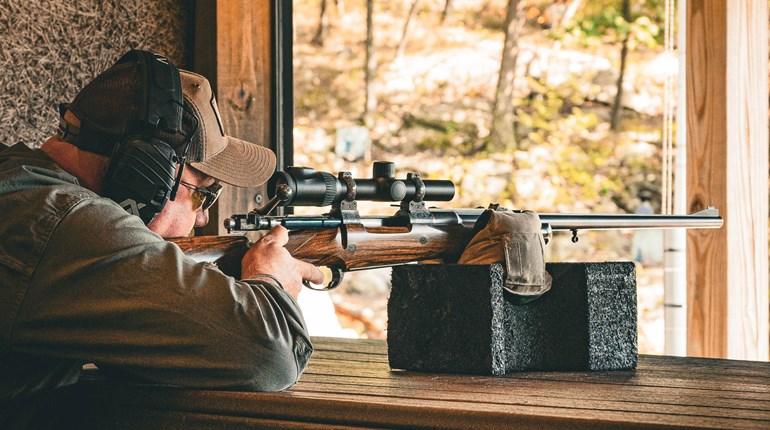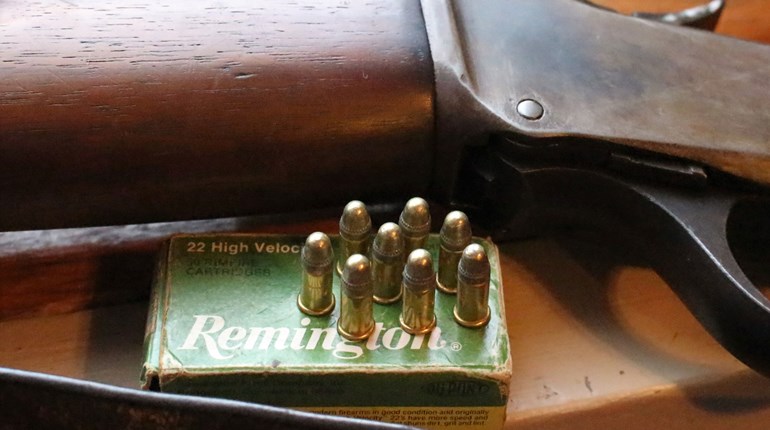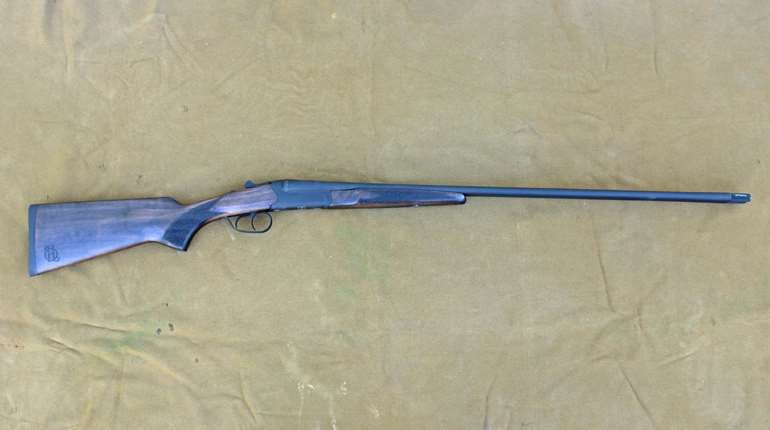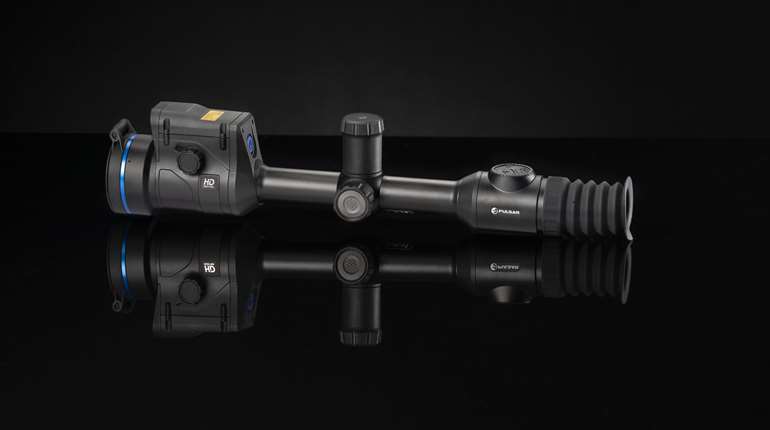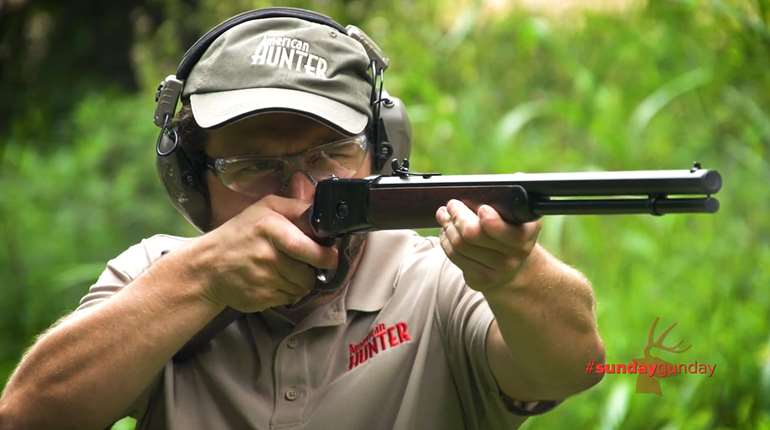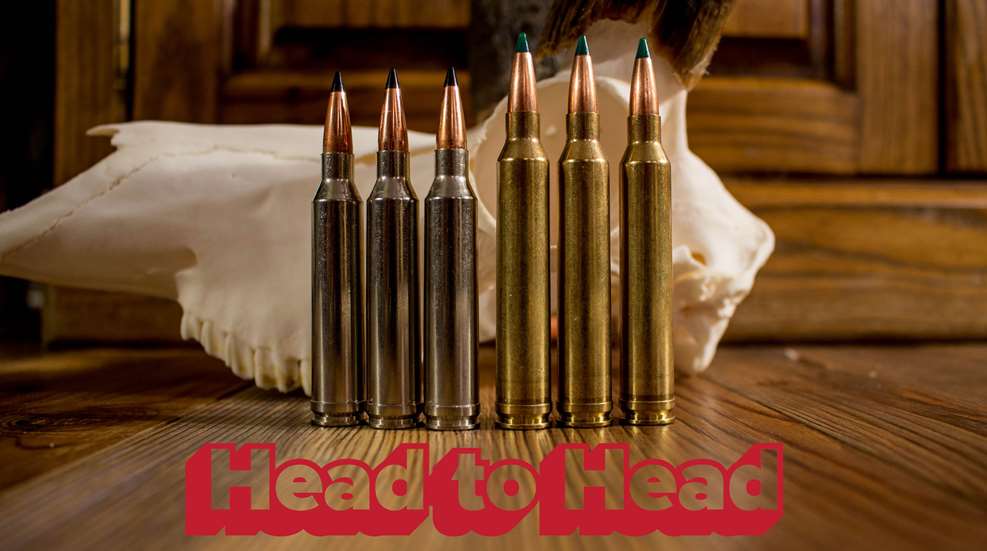
The multitude of belted magnum cartridges released in the 20th century pay homage to the duo of Holland & Holland cartridges made famous around the world; both the 375 H&H Magnum released in 1912 and the 300 Holland & Holland Magnum released in 1925 were the basis for a number of offspring. These cases, which use a small belt of brass just ahead of the extractor groove for headspacing, have been blown out, necked up, necked down and shortened to varying degrees, resulting in a number of cartridges with different surnames. Winchester, Weatherby, Remington, Lott; all had their moment in the sun. It seems mildly ironic that neither of those H&H cases were the first to bear the belt, as the .375 Velopex has the honor of being the first, and there was a .275 H&H Magnum which preceded (albeit slightly) the .375 H&H Magnum.
Holland’s .275 Magnum did not share the 2.85-inch case length of the .300 and .375; rather it used the 2.54-inch case which would later be made so famous by Winchester in the 1950s and 60s. Remington’s 7mm Magnum—released in 1962—bears a striking resemblance to the H&H design from a half-century earlier. However, the later 7mm Shooting Times Westerner (STW)—the brainchild of Layne Simpson—did use the full-length 2.85-inch H&H case, making it closer in concept to the much more famous pair of Holland & Holland cases. I’ve had a good number of clients, friends and readers ask for the comparison of the 7mm Remington Magnum and 7mm STW, and I feel it’s high time we addressed the pair.

The 7mm Remington Magnum is one of our most popular hunting cartridges and with good reason: it has both the bullet weight and velocity to handle the vast majority of the world’s big game species. It was released after Winchester brought the .358, .338 and .264 Winchester Magnums to the market in the mid- to late-1950s, and just one year prior to the release of the .300 Winchester Magnum. With a 2.50-inch case and an overall length of 3.29 inches, the 7mm Remington Magnum will fit perfectly in a long-action receiver. The 7mm Remington Magnum can effectively use the full range of 7mm projectiles, driving a 160-grain bullet to a muzzle velocity of 2,950 fps, and a 175-grain bullet to 2,800 to 2,850 fps. Lighter projectiles—like the 139-, 140- and 150-grain choices—are available for deer and similar sized game animals. Despite a 25-degree shoulder, the cartridge does headspace off the belt—though handloaders can take advantage of that shoulder during the resizing process. The 7mm Remington Magnum has been referred to as overbore, meaning that the case has more powder than the bore diameter can effectively use, but nonetheless that cartridge remains a very popular choice for its flat trajectory and its striking power. Recoil is certainly heavier than many ‘standard’ cartridges, but isn’t unmanageable, and that probably has a bit to do with the cartridge’s popularity.

The 7mm STW was brought about by gunwriter Layne Simpson, as there was no commercial cartridge in 7mm bore diameter which used the full-length H&H case. Using the same 25-degree shoulder and belt as the 7mm Remington Magnum, the STW case is basically an elongated version of the 7mm Remington Magnum, if slightly more tapered. It’ll push the 160-grain bullets to right around 3,100 fps, and the 175s to 2,950 fps giving it a 100- to 150-fps advantage over the 7mm Remington Magnum, though that surely comes at the price of increased recoil and the need for a magnum-length receiver. Oh and you’ll want at least a 24-inch barrel to burn all that powder, and a 26-inch pipe would be even better.
Putting these two cartridges up against one another, a few things jump out quickly: While the 7mm STW is surely a speedy cartridge, the 7mm Remington Magnum is probably ‘fast enough’ for the majority of hunters. In other words, when comparing the velocities, the gains enjoyed by the 7mm STW are minimal, unless you handload the cartridge and really push it hard. Even then, it’s hard to see more than 175 fps increase, and in the real world I haven’t seen that number myself.

Over the last couple of decades, the shine seems to have worn off the STW. While I still have many friends and acquaintances who are passionate fans of the cartridge, sales must be off considerably, because factory ammunition is becoming increasingly difficult to obtain. Nosler offers three or four different loads—when they are available—and Hornady and Federal each list a single load for the STW. Comparing that to the 7mm Remington Magnum—for which ammo can be found on the side of the road sometimes—you can see why the latter has held onto its position as one of the most popular 7mm hunting rounds ever. Add in the additional expense of the magnum-length action—which really isn’t any more difficult to produce, but surely isn’t made in the vast quantities that a long-action is made—and the 7mm STW gets shoved a bit further to the side of the stage.

Now I don’t want to insinuate that only the popular cartridges are cool; in fact, I use many completely obscure cartridges which require handloading because factory loads just aren’t available. But I do feel that going through the trouble of the longer action, and increased powder charge/correlative recoil should garner a performance commensurate with the efforts, and I'm not sure the STW gives enough of an increase. It is a very interesting cartridge—despite the current trend to hate on belted cases—but in a practical sense I don’t feel it gives enough of a velocity, trajectory or energy advantage to make it worthwhile.

Both cartridges share the same standard twist rate of 1:9, and both can use the heaviest of the common 7mm bullets. Both share a common body diameter, so magazine capacity is identical. The number of available factory loads heavily tips the odds in favor of the 7mm Remington Magnum, and I’ll add to that by saying I can’t really think of a single hunting scenario where I would refuse a shot with a 7mm Remington Magnum in hand, that I’d take with a 7mm STW in hand. Comparing trajectories, and using the same Hornady 162-grain ELD-X for comparison (MV of 2,940 for the 7mm Rem Mag and 3,050 for the STW), you’ll see the trajectories within 1 ½ inch at 400 yards and 3 inches at 500 yards. the STW does show a retained energy advantage, having 1,958 ft.-lbs. at 500 yards in comparison to the 7mm Rem Mag’s 1,772 ft.-lbs., though I don’t know how many animals would be able to notice the difference of just under 200 ft.-lbs.

While the 7mm STW is a worthy cartridge, I feel that its time in the sun has passed, especially in light of the 7mm Remington Ultra Magnum, and the new 7mm PRC from Hornady. Were I forced to choose between the STW and the good old 7mm Remington Magnum, my choice would be the latter, as I feel it makes a much better choice as an all-around cartridge with much better availability, leaving very little on the table, if anything.
Looking for previous installments of our "Head to Head" series? Click here.












